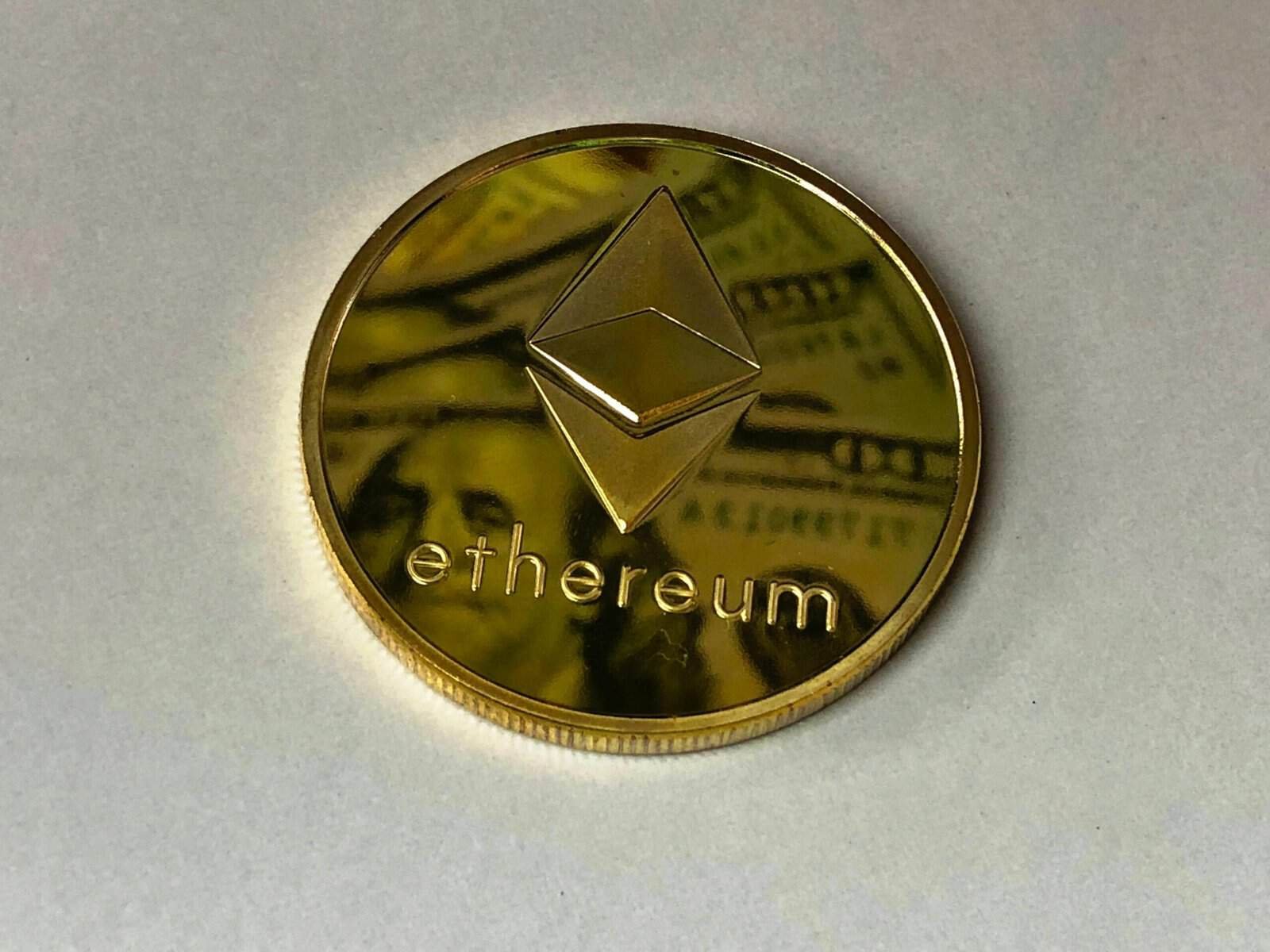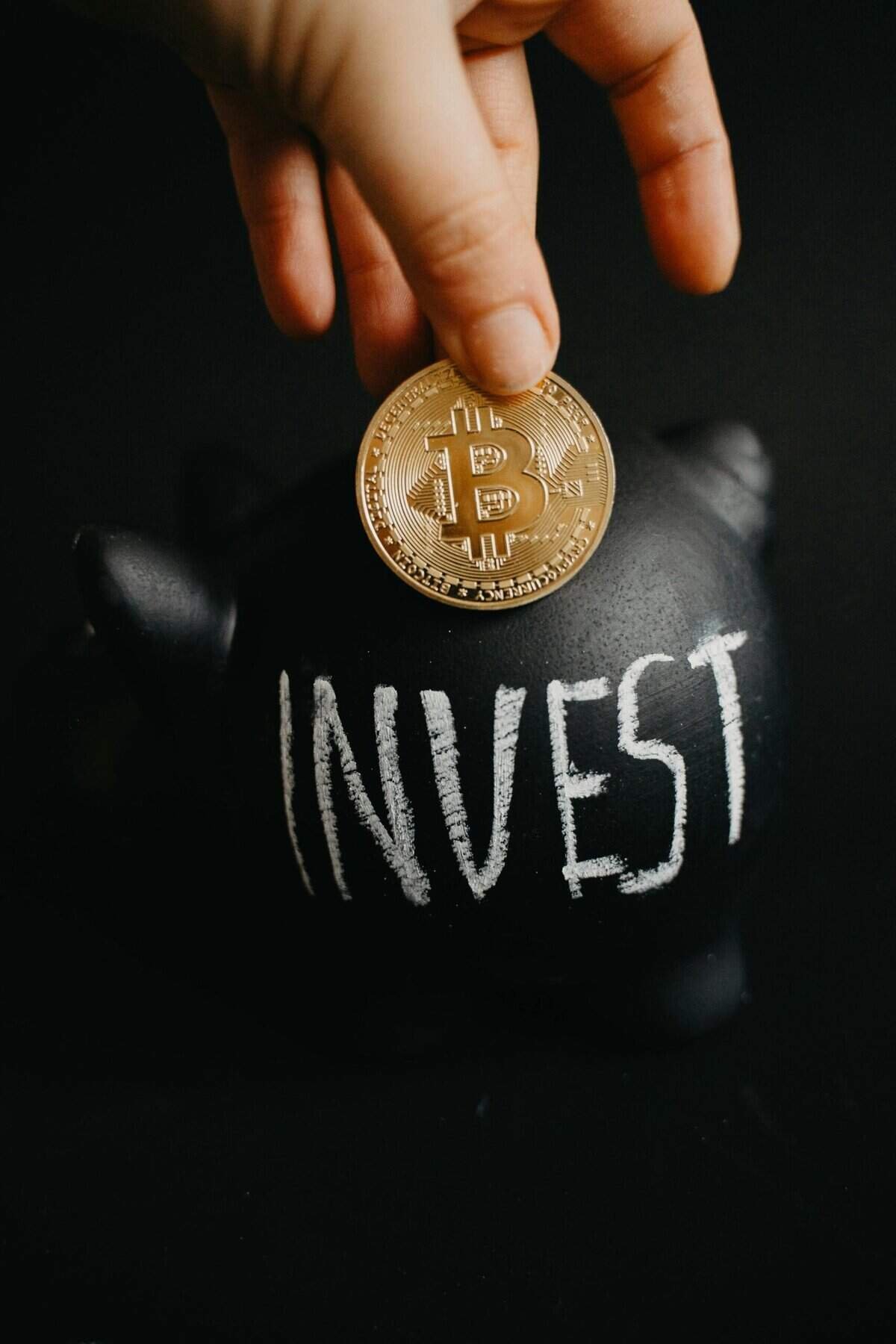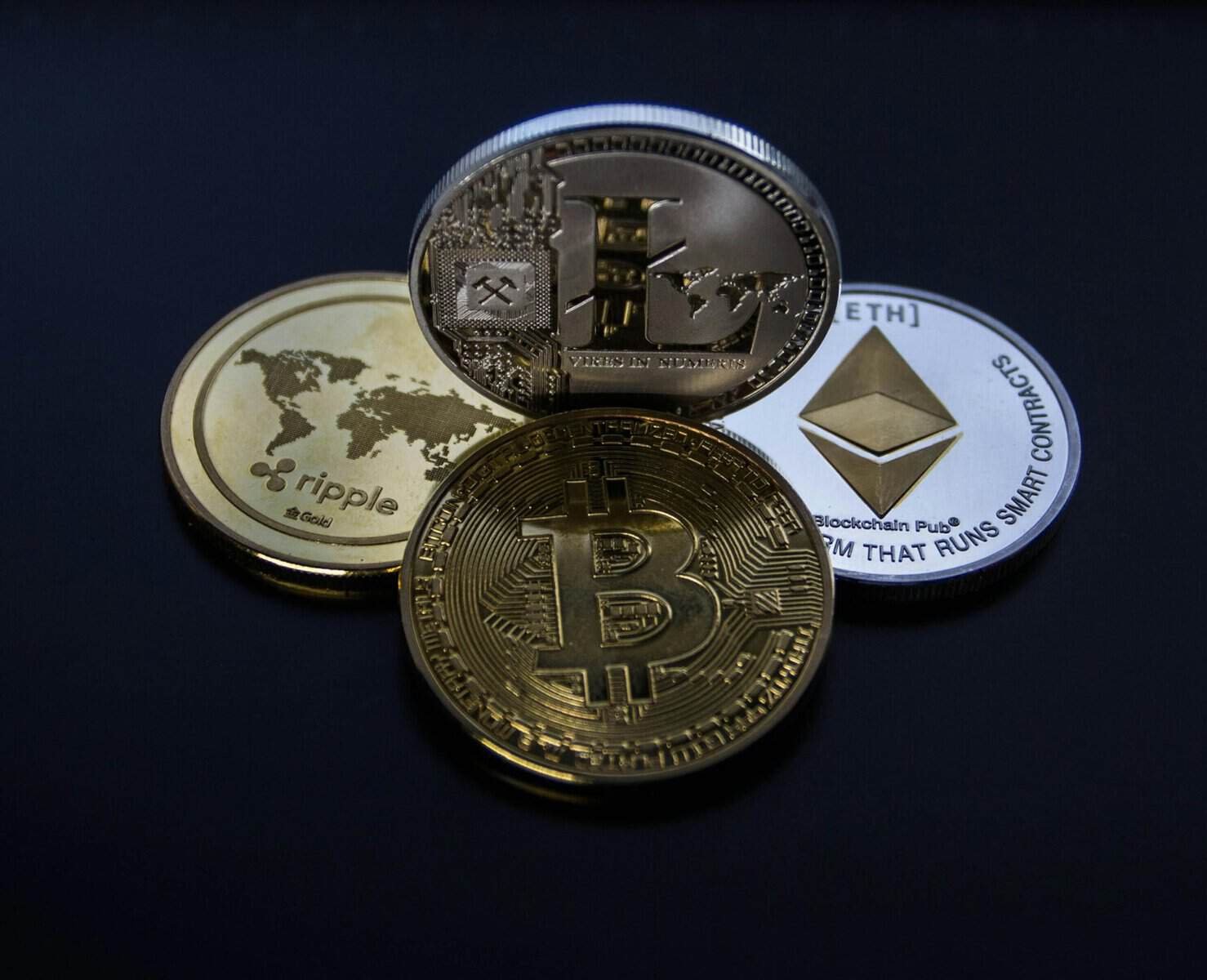Have you ever wondered why some cryptocurrencies soar in value while others barely make a ripple? It’s a question that intrigues many in the world of digital finance. At the heart of these enigmatic fluctuations lies a concept known as “Tokenomics.” It’s an intriguing blend of economics and the digital world that can explain not only how cryptocurrencies operate but also how they impact our modern financial landscape. Let’s embark on a journey to unravel this complex yet fascinating topic.

What is Tokenomics?
Tokenomics is a portmanteau of “token” and “economics.” It refers to the study and design of the economic systems and financial incentives that underpin cryptocurrencies and blockchain networks. When diving into the world of digital currencies, understanding tokenomics is crucial because it illuminates the mechanisms that drive the value and utility of these digital assets.
The Role of Tokens
In the realm of blockchain, tokens can represent a wide array of assets or utilities. They can be used as a medium of exchange, a store of value, or even a representation of a stake in an organization. Tokens typically exist as a digital unit on a blockchain, with each type serving a specific function within its ecosystem.
Types of Tokens
Tokens are generally classified into two main categories: utility tokens and security tokens. Utility tokens serve as gateways to a particular service or network — think of them as the keys to unlocking digital kingdoms. Security tokens, on the other hand, are akin to conventional securities like stocks and bonds, representing ownership or other rights within a financial structure.
The Fundamental Principles of Tokenomics
Understanding tokenomics involves dissecting several key principles. These principles drive the functioning of tokens and shape the economic landscapes within which they operate.
Supply and Demand
Like any economic entity, the value of a token is intrinsically linked to supply and demand dynamics. A limited or capped supply can induce scarcity, potentially increasing demand and value if interest in the token rises. Conversely, an oversupply of tokens may lead to lower value unless offset by significant demand.
Token Utility
Utility is how a token finds its purpose within its ecosystem. Whether a token is used for transactions, voting rights, or as a reward mechanism, its perceived value is closely tied to its practical applications. The more versatile and essential a token is to its ecosystem, the more likely it is to sustain or grow in value.
Incentive Mechanisms
Incentive mechanisms are designed to encourage participation within a token’s ecosystem. These could include staking rewards, governance voting rights, or discounts on services provided by the issuing network. Well-structured incentives are vital for a thriving token economy.
Inflation and Deflation
Inflation and deflation refer to the increase and decrease in the supply of tokens, respectively. Inflation can dilute token value, whereas deflation can increase scarcity and value. Balancing these forces is key to creating a sustainable token economy.
Designing a Token Economy
Creating a robust token economy is no small feat. It requires a delicate balance between multiple factors that influence a token’s success and longevity.
Token Distribution
How tokens are distributed at inception is crucial. Fair distribution can help prevent market manipulation and ensure that tokens aren’t concentrated in the hands of a few players. There are various distribution methods, such as initial coin offerings (ICOs), airdrops, and mining rewards.
Governance and Community
Governance models define how decisions are made within the token ecosystem. Decentralized governance can involve community voting, where token holders have a say in the development and direction of the network. A strong, engaged community is often a predictor of a token’s success.
Utility and Use Cases
The involvement in real-world use cases can significantly impact a token’s success. Tokens that integrate seamlessly with established industries or create entirely new market applications tend to have better long-term prospects.
The Challenges of Tokenomics
While the benefits of a well-constructed token economy are numerous, there are inherent challenges to navigating this complex field.
Regulatory and Legal Hurdles
Regulations vary significantly by region, which can create barriers to entry and operation for digital currencies. Security tokens, in particular, face stringent regulatory scrutiny due to their potential overlap with traditional financial securities.
Market Volatility
Cryptocurrency markets are notoriously volatile. This volatility can impact token value and lead to broader uncertainty about the stability of a token economy.
Security Concerns
Blockchain and token economies are not immune to security threats. Hacks, fraud, and other malicious activities can undermine user confidence and depreciate token value.
Technological Changes
The fast pace of technological advancement can alter the landscape of tokenomics rapidly. Staying ahead requires constant innovation and adaptability to new trends and technological breakthroughs.

Case Studies in Tokenomics
To truly grasp the nuances of tokenomics, examining real-world examples provides valuable insights. Here, we’ll explore a few case studies that highlight different approaches and outcomes in tokenomics.
Bitcoin: The Pioneer
Bitcoin laid the groundwork for many tokenomics principles we see today. With a capped supply of 21 million bitcoins, its scarcity is a significant driver of demand. Its proof-of-work mining mechanism also exemplifies how incentives encourage network participation and security.
Ethereum: A Platform for Innovation
Ethereum introduced the concept of smart contracts and a platform for decentralized applications (DApps). Its native token, Ether, facilitates operations within its network. The flexibility and application of tokens within Ethereum’s ecosystem exemplify utility-driven tokenomics.
Binance Coin: Utility Token in Action
Binance Coin (BNB) is a prime example of a utility token that has effectively integrated itself into its ecosystem. Used for trading fee discounts on the Binance exchange, among other applications, BNB showcases how well-defined use cases can bolster a token’s value proposition.
Stablecoins: Stability in Volatility
Stablecoins like Tether and USD Coin attempt to solve the issue of volatility by pegging their value to traditional fiat currencies. This offers relative stability and a reliable medium of exchange within the crypto world, demonstrating a different tokenomic model aimed at stability over speculation.
The Future of Tokenomics
As blockchain technology continues to evolve, so too will the field of tokenomics. The possibilities are vast, and many emerging trends are worth watching.
Decentralized Finance (DeFi)
DeFi platforms are rewriting the rules of finance by enabling decentralized financial products such as lending, borrowing, and insurance. Tokenomics in DeFi centers around creating flexible, interest-bearing instruments and liquidity provision, opening new avenues for economic interaction.
Non-Fungible Tokens (NFTs)
NFTs represent unique digital assets and have opened up new markets for art, collectibles, and gaming. Their tokenomics involve principles of rarity, ownership, and provenance, thus creating value in entirely novel ways.
Interoperability
Moving forward, interoperability will be an essential feature for token economies. Enabling seamless interaction between different blockchain networks can lead to more efficient and expansive token ecosystems, offering broader utility and integration.

How to Participate in Token Economies
With an understanding of tokenomics, the question then becomes how one can effectively engage with token economies. Here are some actionable steps to consider:
Do Your Research
Knowledge is power. Before investing or participating in a token economy, thoroughly research the project’s whitepaper, team credibility, and market potential.
Evaluate the Tokenomics Model
Understand the tokenomics model of the cryptocurrencies or projects you’re considering. Look at supply mechanisms, utility, incentives, and governance to gauge long-term viability.
Diversify Investments
Just like traditional financial markets, diversification can mitigate potential risks in the volatile world of cryptocurrencies. Consider a mixed portfolio of asset types and risk levels.
Stay Informed
The crypto landscape is dynamic and constantly evolving. Stay informed through news, forums, and thought leaders in the space to make well-timed, educated decisions.
Conclusion
Tokenomics offers a window into the future of digital finance, a future where decentralized systems and innovative economic models could redefine our financial interactions. As you navigate this field, understanding the depths and intricacies of tokenomics will equip you with the insights needed to engage effectively and responsibly in the ever-evolving world of cryptocurrencies. Whether you’re an enthusiast, an investor, or a curious onlooker, the principles of tokenomics will continue to shape the digital economies of tomorrow—inviting you to ponder the question of how you might take part in this digital revolution.

